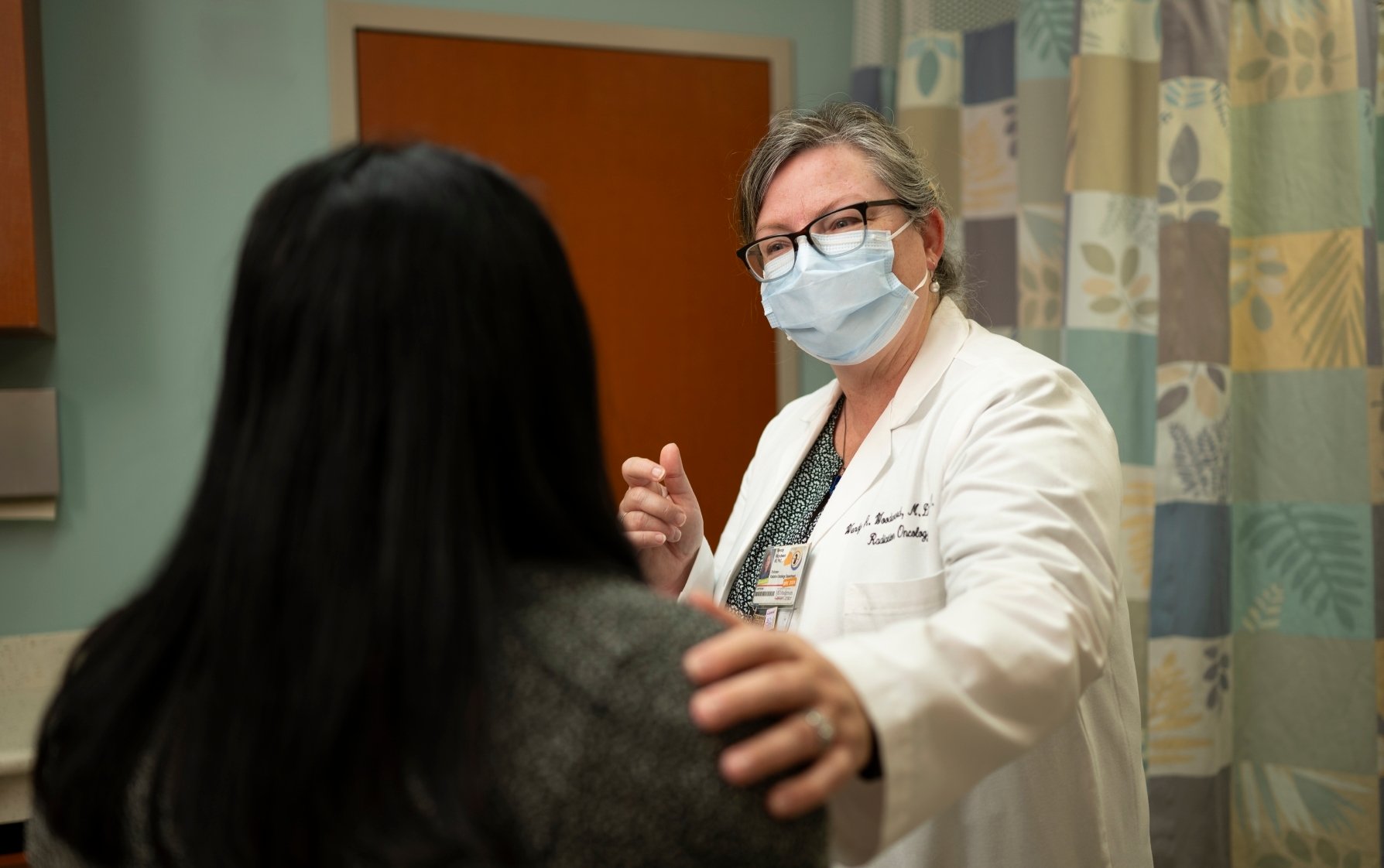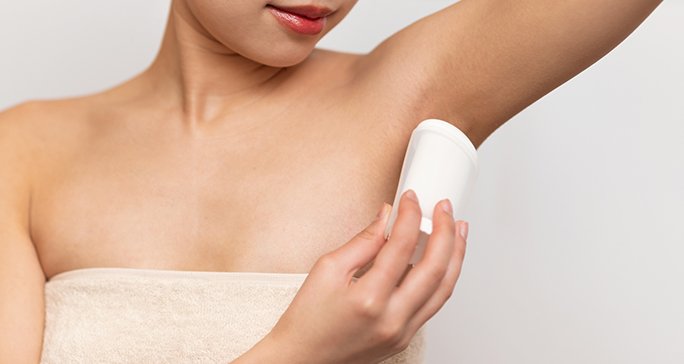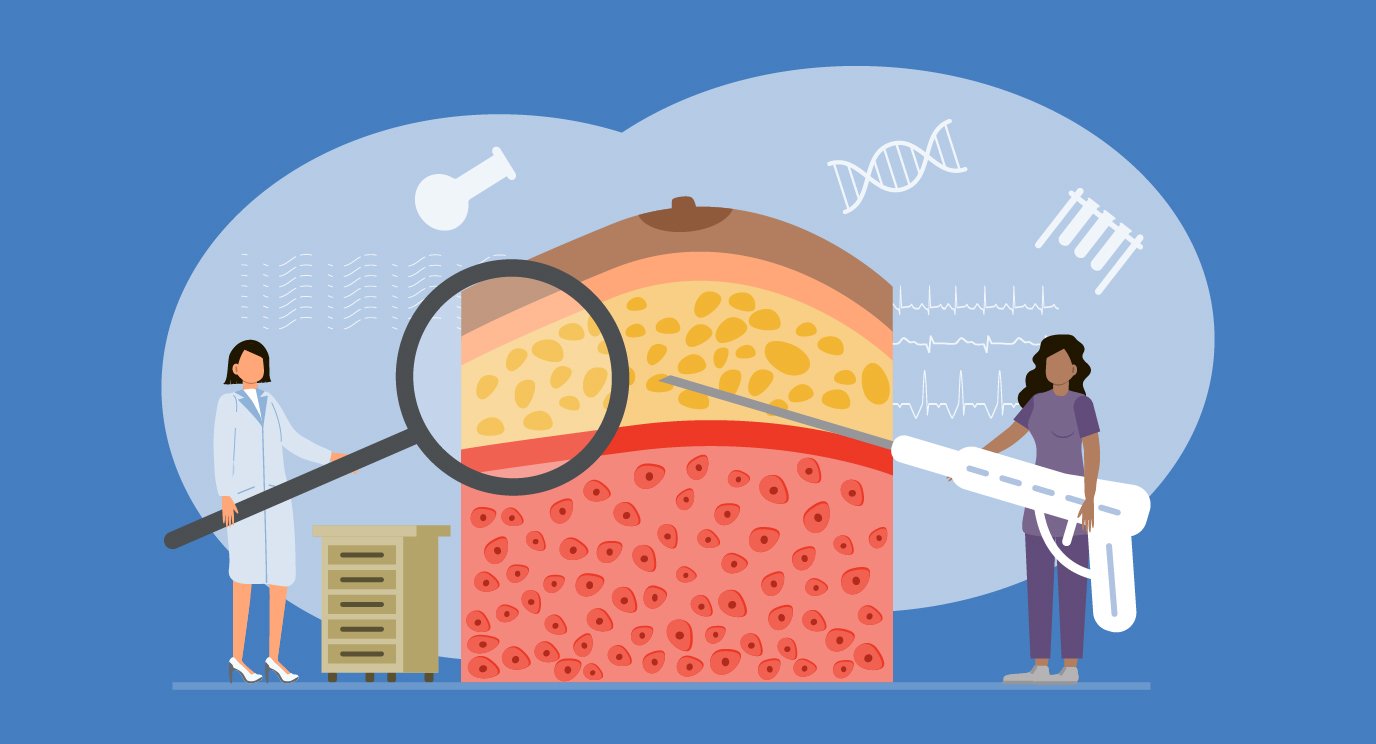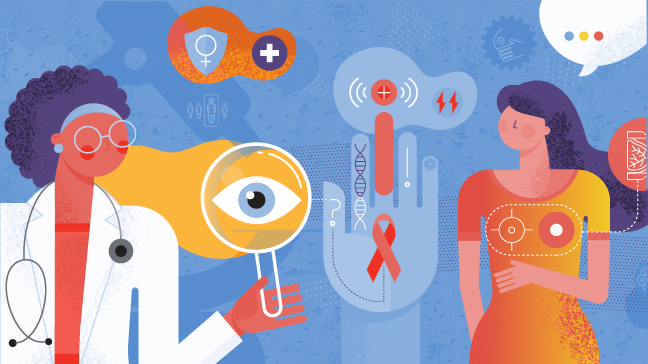- Diseases
- Acoustic Neuroma (16)
- Adrenal Gland Tumor (24)
- Anal Cancer (70)
- Anemia (2)
- Appendix Cancer (18)
- Bile Duct Cancer (26)
- Bladder Cancer (74)
- Brain Metastases (28)
- Brain Tumor (234)
- Breast Cancer (728)
- Breast Implant-Associated Anaplastic Large Cell Lymphoma (2)
- Cancer of Unknown Primary (4)
- Carcinoid Tumor (8)
- Cervical Cancer (164)
- Colon Cancer (168)
- Colorectal Cancer (118)
- Endocrine Tumor (4)
- Esophageal Cancer (44)
- Eye Cancer (36)
- Fallopian Tube Cancer (8)
- Germ Cell Tumor (4)
- Gestational Trophoblastic Disease (2)
- Head and Neck Cancer (14)
- Kidney Cancer (130)
- Leukemia (342)
- Liver Cancer (50)
- Lung Cancer (286)
- Lymphoma (278)
- Mesothelioma (14)
- Metastasis (30)
- Multiple Myeloma (100)
- Myelodysplastic Syndrome (60)
- Myeloproliferative Neoplasm (6)
- Neuroendocrine Tumors (16)
- Oral Cancer (102)
- Ovarian Cancer (178)
- Pancreatic Cancer (162)
- Parathyroid Disease (2)
- Penile Cancer (14)
- Pituitary Tumor (6)
- Prostate Cancer (150)
- Rectal Cancer (58)
- Renal Medullary Carcinoma (6)
- Salivary Gland Cancer (14)
- Sarcoma (238)
- Skin Cancer (302)
- Skull Base Tumors (56)
- Spinal Tumor (12)
- Stomach Cancer (66)
- Testicular Cancer (28)
- Throat Cancer (92)
- Thymoma (6)
- Thyroid Cancer (100)
- Tonsil Cancer (30)
- Uterine Cancer (86)
- Vaginal Cancer (18)
- Vulvar Cancer (22)
- Cancer Topic
- Adolescent and Young Adult Cancer Issues (22)
- Advance Care Planning (12)
- Biostatistics (2)
- Blood Donation (18)
- Bone Health (8)
- COVID-19 (360)
- Cancer Recurrence (120)
- Childhood Cancer Issues (120)
- Clinical Trials (628)
- Complementary Integrative Medicine (22)
- Cytogenetics (2)
- DNA Methylation (4)
- Diagnosis (240)
- Epigenetics (6)
- Fertility (62)
- Follow-up Guidelines (2)
- Health Disparities (14)
- Hereditary Cancer Syndromes (128)
- Immunology (18)
- Li-Fraumeni Syndrome (8)
- Mental Health (122)
- Molecular Diagnostics (8)
- Pain Management (62)
- Palliative Care (8)
- Pathology (10)
- Physical Therapy (18)
- Pregnancy (18)
- Prevention (940)
- Research (390)
- Second Opinion (78)
- Sexuality (16)
- Side Effects (616)
- Sleep Disorders (10)
- Stem Cell Transplantation Cellular Therapy (216)
- Support (408)
- Survivorship (330)
- Symptoms (182)
- Treatment (1794)
‘How I knew I had inflammatory breast cancer’: 6 survivors' symptoms
5 minute read | Published August 08, 2024
Medically Reviewed | Last reviewed by an MD Anderson Cancer Center medical professional on August 08, 2024
Inflammatory breast cancer symptoms tend to appear very quickly.
“At first, patients might complain of a spot-like rash, or of their bra not fitting like it used to or suddenly feeling tight,” explains Bora Lim, M.D.., a medical oncologist who specializes in the treatment of inflammatory breast cancer. “Then, in a matter of months, weeks or even days, more than half of their breast — or their entire breast — is involved.”
That was the case for Terry Arnold, who was diagnosed with inflammatory breast cancer at age 49.
“For me, the symptoms literally appeared overnight,” recalls the stay-at-home mom of five from Sealy. “I woke up one morning, and it looked as if someone had drawn a circle around my right breast. It was red and puffy and very sudden.”
Swelling and ‘peau d’orange’
One-sided breast swelling is another classic sign of inflammatory breast cancer. So is a subtle dimpling of the skin called “peau d’orange,” named for the surface of orange peel it resembles.
“My left breast was extremely tender one morning,” remembers Jenée Bobbora, who was 32 when she was diagnosed with inflammatory breast cancer. “The skin was pink and very swollen.”
“It just kept getting bigger and more painful,” notes the licensed professional counselor associate from Houston. “And it pitted when squeezed.”
A rash or a change in skin color
A rash or a change in skin color on the breast is another sign of inflammatory breast cancer. But this symptom often gets mistaken for insect bites or contact dermatitis, a type of skin irritation caused by additives in laundry detergent, body lotion and other products.
“I noticed a rash about the size of a quarter on my upper left breast on New Year’s Day,” says Valerie Fraser. “I thought it might be chafing from a new bra.” But four weeks later, after an MRI and biopsy, the retired paralegal from Michigan was diagnosed with inflammatory breast cancer.
“The rash was a very subtle pink and not alarming at all,” she adds. “But the next day, my breast was swollen. And every day after that, it felt thicker and denser. By the ninth or tenth day, my left breast was noticeably larger than my right, and the skin had a dimpled appearance.”
One reason for the discoloration and enlargement is that IBC forms clusters of cells called emboli that can impair circulation.
“That’s why you get the swelling and thickening,” notes Lim. “Emboli block the lymphatic ducts, which normally drain excess fluid from the breast.”
Pain and lumps: the inconsistent inflammatory breast cancer symptoms
Pain and lumps are not always symptoms of inflammatory breast cancer, but they can be. Tiffany Honken, for instance, had pain at both her initial diagnosis at age 49 and when she had a recurrence a few years later.
“I don’t believe I ever had a rash,” says the private home health aide from Nebraska. “But I did have a lump the size of my fist, and my left breast got huge and very red and painful.”
A few years after finishing treatment, Tiffany went to an emergency room because she started feeling pain in her sternum. “I thought I was having a gallbladder attack,” she says.
But a CT scan showed that the inflammatory breast cancer had returned, and it was in her left lung and the lymph nodes around her collar bone.
Nipple inversion
Stephanie Cobb’s first symptoms of inflammatory breast cancer were a little different. She was still nursing her five-month-old daughter when she was diagnosed at age 35.
“One day, I was pumping breastmilk at work and noticed I wasn’t getting anything out of the left side,” recalls the corporate accountant from Minnesota. “I remember thinking, ‘What’s going on? Am I doing this wrong?’ But the right side was totally normal. My left breast kept getting harder and harder, and a few months later, the nipple inverted. Shortly after that, I noticed a rash, and my breast developed a leathery texture.”
‘Red flag’ inflammatory breast cancer symptoms: nipple inversion and sudden nodules
Nipple inversion is one of two inflammatory breast cancer symptoms that Lim says warrants an immediate call to your doctor.
“It’s totally normal for someone’s breasts to vary in size and shape from one side to the other,” she notes. “But nipples usually look the same. So, any significant architectural change, such as a sudden shifting to one side or an inversion, is a big red flag.”
The other “red flag” IBC symptom is a lump or a nodule popping up around your neck, collar bone or armpit.
“Those can be signs that the breast cancer has already spread to nearby lymph nodes,” explains Lim, “so you really need to insist on having imaging done in those two situations.”
JoAnn Hill found a hard spot in her left arm pit when she was diagnosed at age 33. She first noticed it on her honeymoon, about six months before her diagnosis.
“But I didn’t find out that’s what it was until I had a biopsy,” says the IT operations manager from Cypress, Texas. “My left breast had gotten so big overnight that I literally couldn’t wear any bra I owned. Other changes included redness and peau d’orange. The skin also felt thicker and very warm to the touch.”
When to push for a second opinion
Inflammatory breast cancer is frequently misdiagnosed as mastitis, clogged milk ducts, and abscesses, among other things. But a quick and accurate diagnosis is essential because the disease is also very aggressive.
“Inflammatory breast cancer is advanced by its very nature,” notes Lim. “Even at its earliest, it’s already considered at least stage III.”
That’s why Lim strongly recommends having an alternate plan in place if you suspect you might have inflammatory breast cancer but get told it’s something else.
“If your symptoms improve significantly after you’re prescribed antibiotics or steroids, it’s very unlikely you had cancer,” says Lim. “But talk to your provider about scheduling a diagnostic mammogram or ultrasound, or even a breast biopsy, before starting the medication. You don’t want to wait any longer for an accurate diagnosis, if you see no changes in your symptoms after two weeks.”
Request an appointment at MD Anderson online or call 1-844-946-4342.

My left breast got huge and very red and painful.
Tiffany Honken
Survivor





